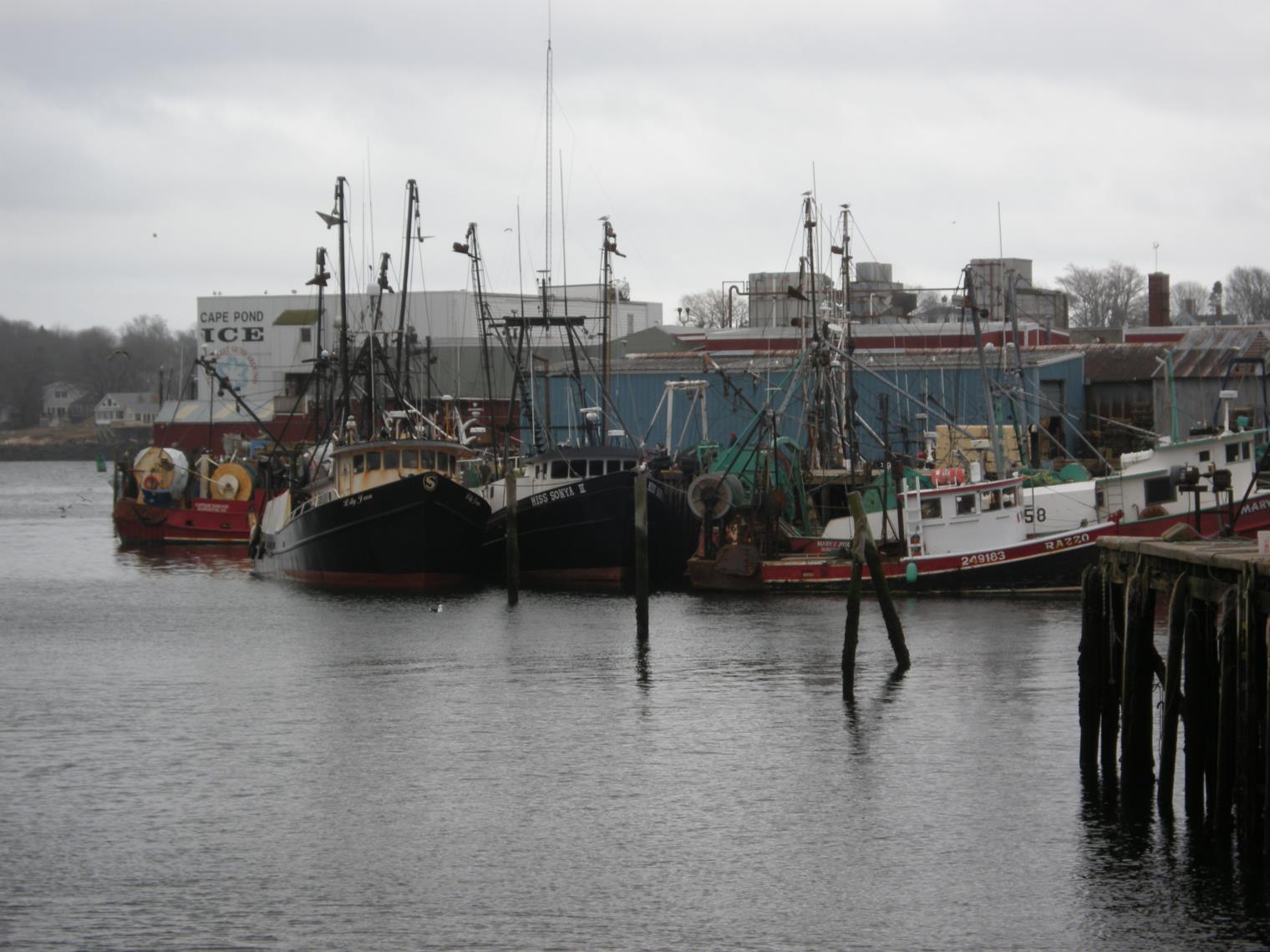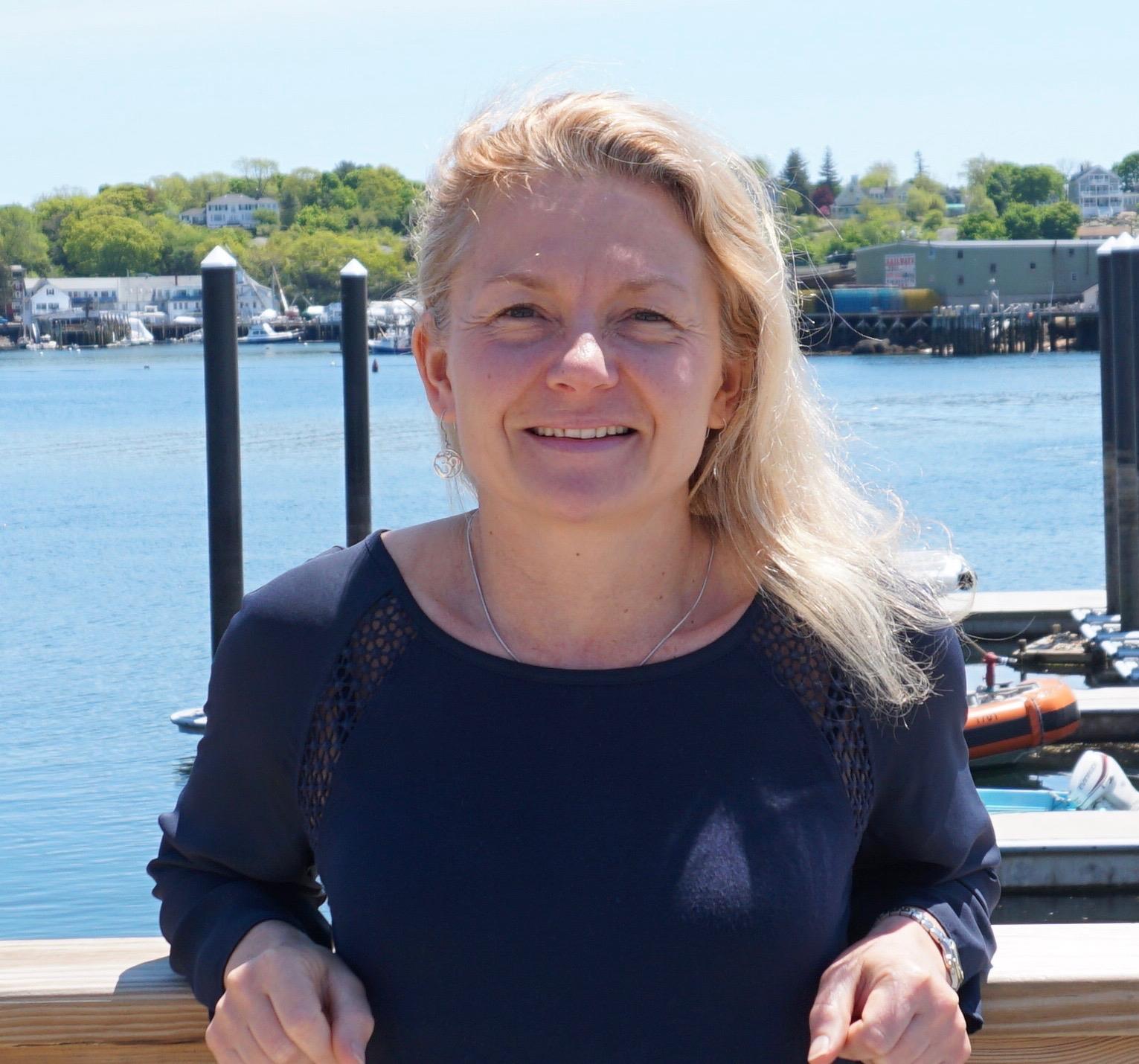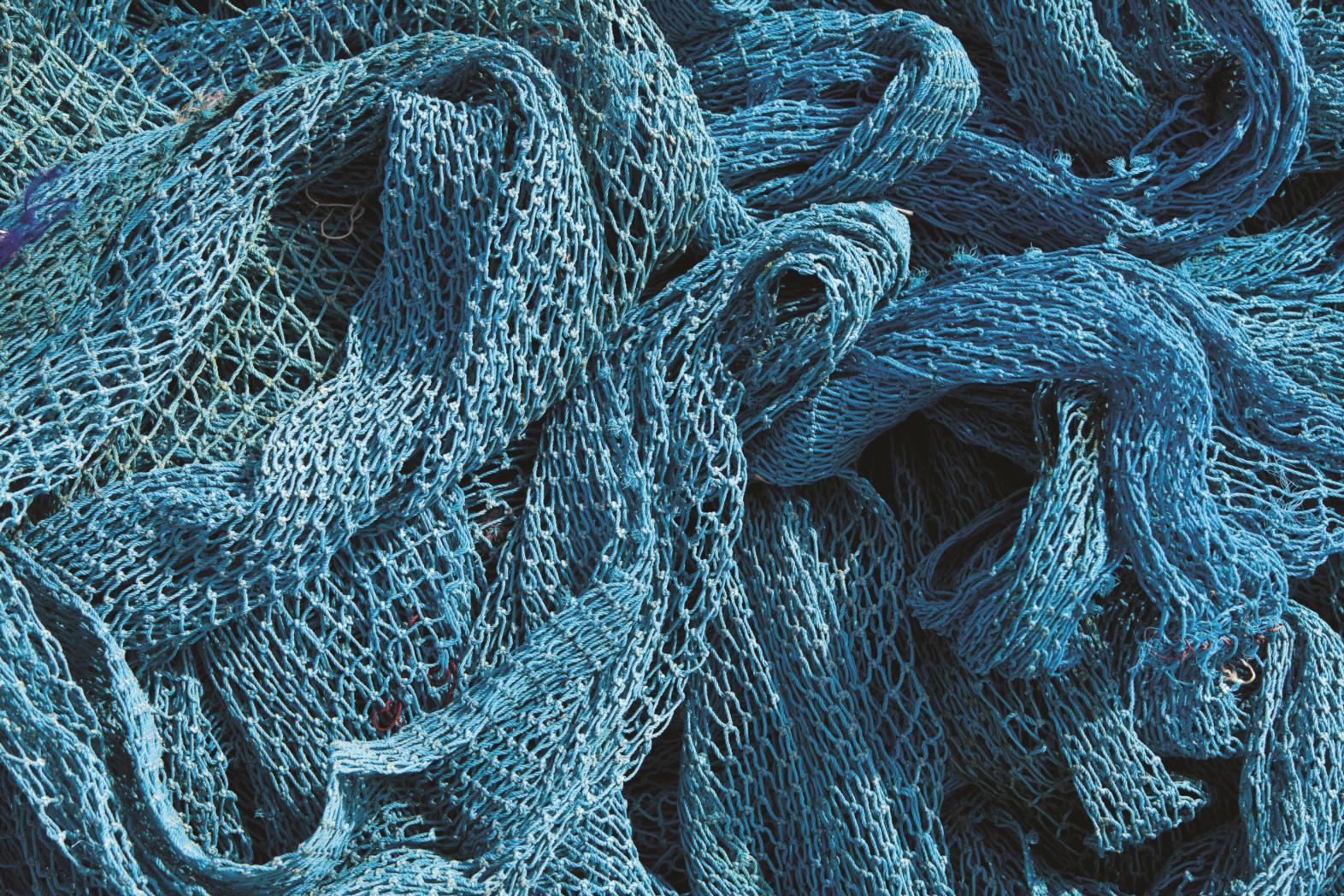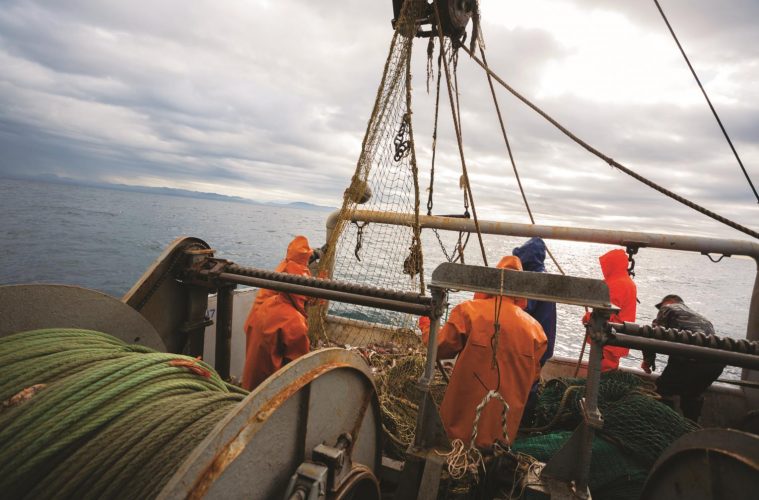In September, hundreds of thousands of Atlantic surf clams washed ashore on Revere Beach. It was the third die-off of its kind involving surf clams this past summer. Mounting data on lobster catches show a shocking picture of the demise of lobster communities in southern New England. In Long Island, New York, Connecticut, and Rhode Island, the lobster industry has all but collapsed. Recorded landings have dropped by as much as 97 percent. While haddock has been rebounding in coastal waters in the Greater Atlantic Region, cod is not doing well and is still considered an overfished species, according to Allison Ferreira, spokesperson for NOAA Fisheries in Gloucester, the regional branch of the National Oceanographic and Atmospheric Administration. Sentinel species, as they are called, often are used to detect risks as evidence of environmental threats.
As climate change is warming local ocean waters—faster than 99 percent of the global ocean according to one report—fishermen are being forced to adapt even as the fish they pursue are adapting to more favorable environments. “There is a concern for moving forward that if the water temperatures in the Gulf of Maine continue to rise,” Ferreira says, “will that then lead to similar circumstances for lobsters that we’re seeing in southern New England?”
Romeo Solviletti, buyer and general manager at Steve Connolly Seafood Co. of Gloucester and Boston, says, “There are not any real large haddock available like there used to be. It’s all cod and what they call ‘slappers,’ which is an undersized scrod haddock that they just opened up for fishing a year or two ago.”

NOAA Fisheries oversees the Greater Atlantic Region, one of eight regions that manage the nation’s fisheries under the 1976 Magnuson-Stevens Fishery Conservation and Management Act. The legislation established sustainable fisheries management, an adaptive process that relies on sound science, innovative approaches, effective enforcement, meaningful partnerships, and public participation through fishermen councils. Tailored to each region’s needs and social and economic cultures, the law requires that fishery managers use the best science available to make management decisions. Fishery scientists partner with fishermen, universities, and other groups to make stock assessments, using sampling technologies and modeling techniques to estimate how many fish are in the water. Ongoing research studies fish biology and ecosystems.
Fishery management plans support the goals of sustaining fish populations, protecting habitats and other species, and keeping fishermen on the job. Maximum sustainable yields determine fish stock levels. “An overfished stock is one with its biomass level depleted to a point that the stock’s capacity to produce its maximum sustainable yield is jeopardized,” a NOAA report states. Rebuilding plans can be implemented “to bring the rate of fishing and/or populations back to sustainable levels.”

Ferreira says rebuilding stock relies on sound science and cooperation among the fishing industry, environmental partners, and fishermen management councils, based on the best information available. “All the steps are outlined in the law. We set catch targets with a goal that allows the stocks to rebuild when enough young can be produced every year, so the stock continues to rebuild while still allowing a reasonable harvest of that species.”
NOAA Fisheries estimates that 80 percent of the seafood Americans consume is imported. Most fish follow a puzzling chain of distribution from the initial catch. “A significant portion of imported seafood is caught by American fishermen, exported overseas for processing, and then reimported to the United States,” according to a NOAA Fisheries report.
“In some cases,” Ferreira says, “it is cheaper to send product overseas to be processed and have it shipped back here. You need enough infrastructure and a consistent supply to make processing here economically viable.” In Maine, efforts are under way to set up a facility to process lobster.
Of course, fish and shellfish are renewable resources. U.S. fisheries are big business. They provide jobs and keep coastal communities vibrant. In 2016, U.S. commercial fishermen landed 9.6 billion pounds of fish, valued at $5.3 billion.

Allison Ferreira is the spokesperson for NOAA Fisheries in Gloucester
Still, approximately half the seafood consumed around the world, including in the United States, is farm-raised through aquaculture. Farm-raised seafood presents a viable way to meet demands for increasing populations. It’s the fastest growing form of food production in the world.
In Massachusetts, in the South Coast Region of the Massachusetts Department of Marine Fisheries, aquaculture is in the infancy stage, where most operations are owner/operator small producers who cultivate shellfish. While the South Coast, South Shore, Cape Cod, and the Islands have 1,200 acres of “Shellfish Regions,” the North Shore has 10 total acres, or less than 3 percent of total cultivation.
But will New England consumers opt to dine on different species? Solviletti says, “High-end restaurants are buying monkfish, skate wings, cusk, and hake that you didn’t even think about back in the day when it was only cod and haddock. Now everything is getting introduced, and I think it’s a good thing and only getting better.”
It will be a challenge to change people’s eating choices. But Ferreira believes that chefs and the media will be the agents of change to steer interest in less utilized species. “The City of Gloucester is trying to promote redfish as a healthy, delicious choice,” she says. NOAA Fisheries, along with seafood organizations, reaches out to inform the public through FishWatch, promotional events, and at the Boston Seafood Expo, and works with chefs around New England to promote other species.

Kathy Milbury, chef and co-owner of My Place by the Sea in Rockport, is dedicated to sustainable seafood. “I serve a lot of haddock because there seems to be a bountiful supply. Most of it is local and sustainable. And I use some farmed salmon out of Canada. I do pay attention to what is sustainable and what is not.”
NOAA Fisheries encourages public participation for consideration when fisheries’ management actions are developed. Staying involved means staying informed, commenting at meetings, and commenting on proposed regulations, either electronically or by mail. greateratlantic.fisheries.noaa.gov

